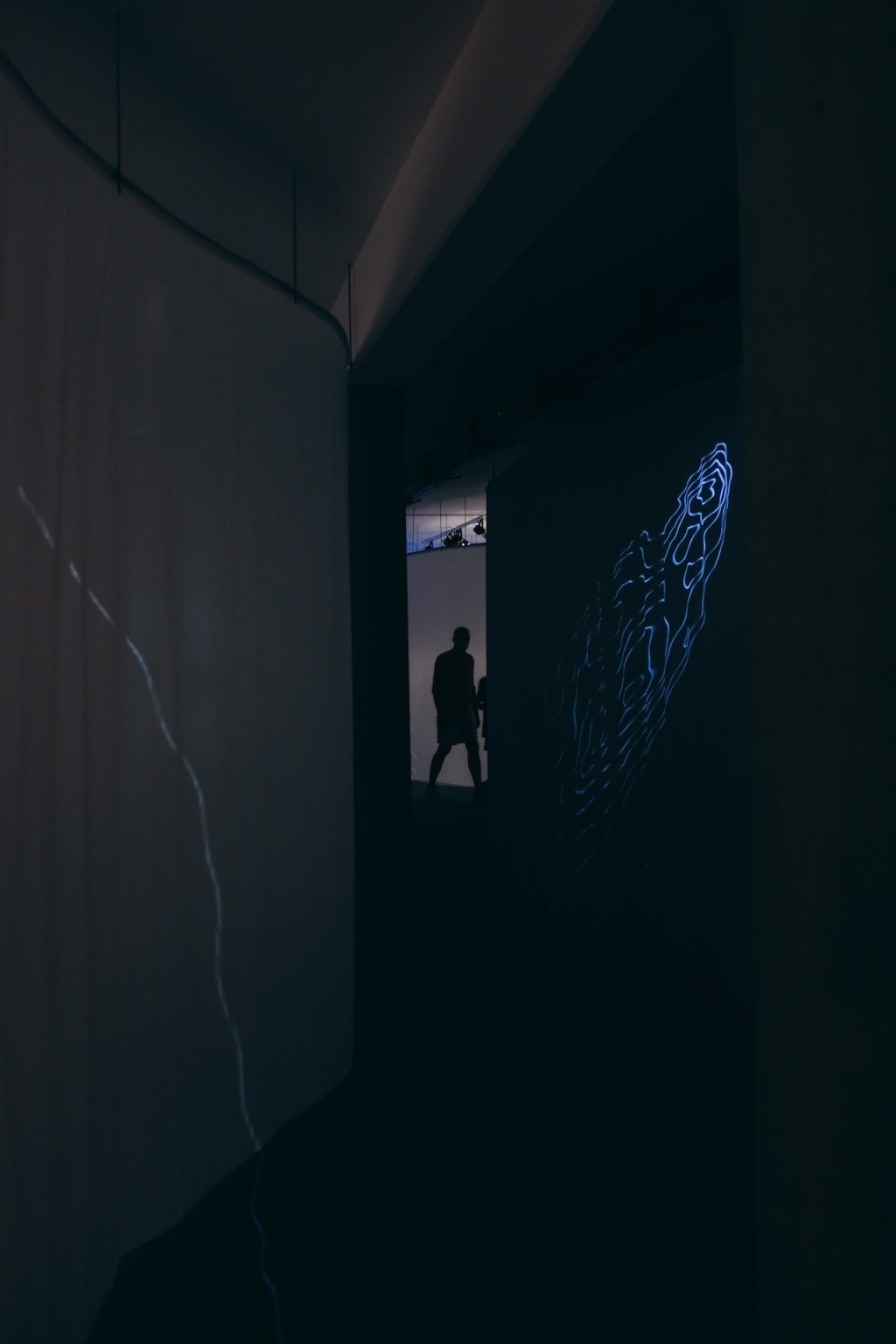Sleepwalking
Unveiling the Mysteries and Ensuring Safety

Sleepwalking, often characterized by mumbling nonsensical phrases, engaging in peculiar behaviors like eating blocks of cheese in the nude, urinating in inappropriate places, or even jumping out of windows, is a relatively benign but occasionally hazardous phenomenon. It is estimated that approximately 18% of individuals experience sleepwalking at least once in their lives. So, what exactly is sleepwalking, and what factors contribute to it?
To comprehend sleepwalking, we must recognize the extent to which our daily activities operate without conscious effort. While your prefrontal cortex governs deliberate decision-making, many automatic movements and coordination of sensory inputs and muscles occur without active attention. These actions are regulated by specialized nerve cells located in the lower regions of the brain and spinal cord, known as "central pattern generators." These areas oversee automatic movements and basic survival-related actions.
It's important to note that sleepwalking differs from a condition called REM sleep behavior disorder, in which individuals act out their dreams while in the REM sleep phase with their eyes typically closed. Sleepwalking, on the other hand, originates from a different sleep stage known as "slow-wave sleep," the deepest stage of non-REM sleep.
During slow-wave sleep, the prefrontal cortex, including its conscious control, remains inactive. When someone is awakened from this stage, they usually appear groggy before either falling back asleep or becoming fully conscious. At that moment, they are in an intermediate state between sleep and wakefulness. A sleepwalking episode is essentially an extended and intensified version of this state.
While sleepwalking, the prefrontal cortex remains dormant, resulting in a lack of executive control over actions. However, other brain regions remain active, and the body can perform various tasks without involvement from the prefrontal cortex. Sleepwalkers can navigate obstacles, walk, and speak, albeit often incoherently. Most sleepwalkers engage in basic activities, existing in a peaceful, unemotional, and dreamless state. In rare cases, individuals may perform complex tasks like cooking or even driving. Sleepwalking episodes can also be influenced by physical urges, such as eating or pursuing sexual activities. Some instances trigger the brain's fight or flight response, causing the person to perceive imminent danger and react with vocalizations, crying, or even abruptly fleeing from bed. These episodes, known as "sleep terrors," are more common in young children and typically resolve naturally.
Sleepwalking tends to be more prevalent in children, possibly because the brain areas responsible for transitioning between sleep and wakefulness are still developing. However, the exact mechanisms behind sleepwalking remain unclear. While some cases appear to have a genetic component, others remain mysterious. Various factors can increase the likelihood of sleepwalking, such as sedatives, sleeping in hot environments, insufficient sleep, stress, and coexisting sleep disorders like sleep apnea and restless leg syndrome.
When addressing sleepwalking, healthcare professionals typically evaluate these factors and promote healthy sleep habits, including regular exercise, stress management, and consistent sleep schedules. They may also recommend safety measures like securing windows, installing door alarms, and removing potentially dangerous objects. If these measures prove ineffective, certain medications may be considered. However, it's important to note that many available treatments for sleepwalking lack extensive scientific research, leaving their effectiveness and mode of action partially uncertain.
If you encounter a sleepwalker, it is essential to dispel the misconception that forcefully waking them could cause irreversible harm. Fortunately, this is not the case. Instead, gently guiding the sleepwalker back to bed is generally recommended. If they resist, ensuring their safety until the episode subsides is the best course of action. By understanding sleepwalking and implementing appropriate safety measures, we can navigate this sleep phenomenon with greater awareness and care.
Henrik Leandro
About the Creator
Henrik Leandro Laukholm Solli
Free thinker, traveler and humanist <3
Enjoyed the story? Support the Creator.
Subscribe for free to receive all their stories in your feed. You could also pledge your support or give them a one-off tip, letting them know you appreciate their work.






Comments
There are no comments for this story
Be the first to respond and start the conversation.